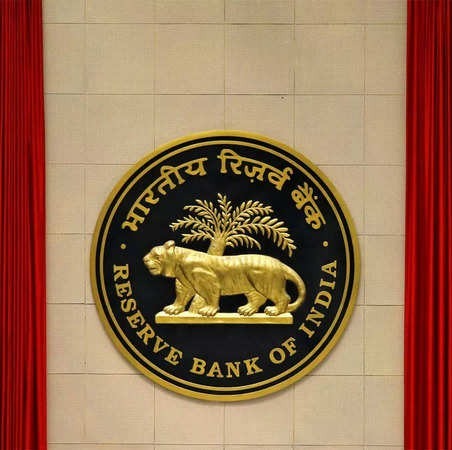 India is at the forefront of the global digital revolution, as financial technology propels the rapid expansion of digital payments, according to Michael Debabrata Patra, Deputy Governor of the Reserve Bank of India (RBI). He highlighted that the digital economy already constitutes 10% of the nation’s Gross Domestic Product (GDP) and is projected to reach 20% by 2026, based on decade-long growth trends. Patra attributed this progress to India’s robust digital public infrastructure, flourishing IT industry, and youthful population, which boasts one of the largest pools of artificial intelligence (AI) talent globally. These factors collectively create immense opportunities for future growth.
India is at the forefront of the global digital revolution, as financial technology propels the rapid expansion of digital payments, according to Michael Debabrata Patra, Deputy Governor of the Reserve Bank of India (RBI). He highlighted that the digital economy already constitutes 10% of the nation’s Gross Domestic Product (GDP) and is projected to reach 20% by 2026, based on decade-long growth trends. Patra attributed this progress to India’s robust digital public infrastructure, flourishing IT industry, and youthful population, which boasts one of the largest pools of artificial intelligence (AI) talent globally. These factors collectively create immense opportunities for future growth.
Patra further discussed the transformative impact of digitalization on Indian financial services. A recent survey revealed that 75% of Indian banks now offer online account setups, digital Know Your Customer (KYC) solutions, and doorstep banking services. Additionally, 60% provide digital lending services, 50% offer payment aggregator solutions, and 41% have implemented chatbots. This digital shift has led to remarkable efficiency gains, such as saving 14,500 person-days each month, lowering customer acquisition costs by 25-30%, and cutting paper consumption by 84 tonnes.
India is also collaborating internationally on projects like Project Nexus and mBridge to develop global open finance frameworks. Under its G20 presidency, the country has introduced the Global Digital Public Infrastructure Repository to share lessons from digital advancements among G20 nations. The RBI remains committed to promoting digital financial inclusion, safeguarding customers, enhancing cybersecurity measures, and encouraging sustainable financial practices.










